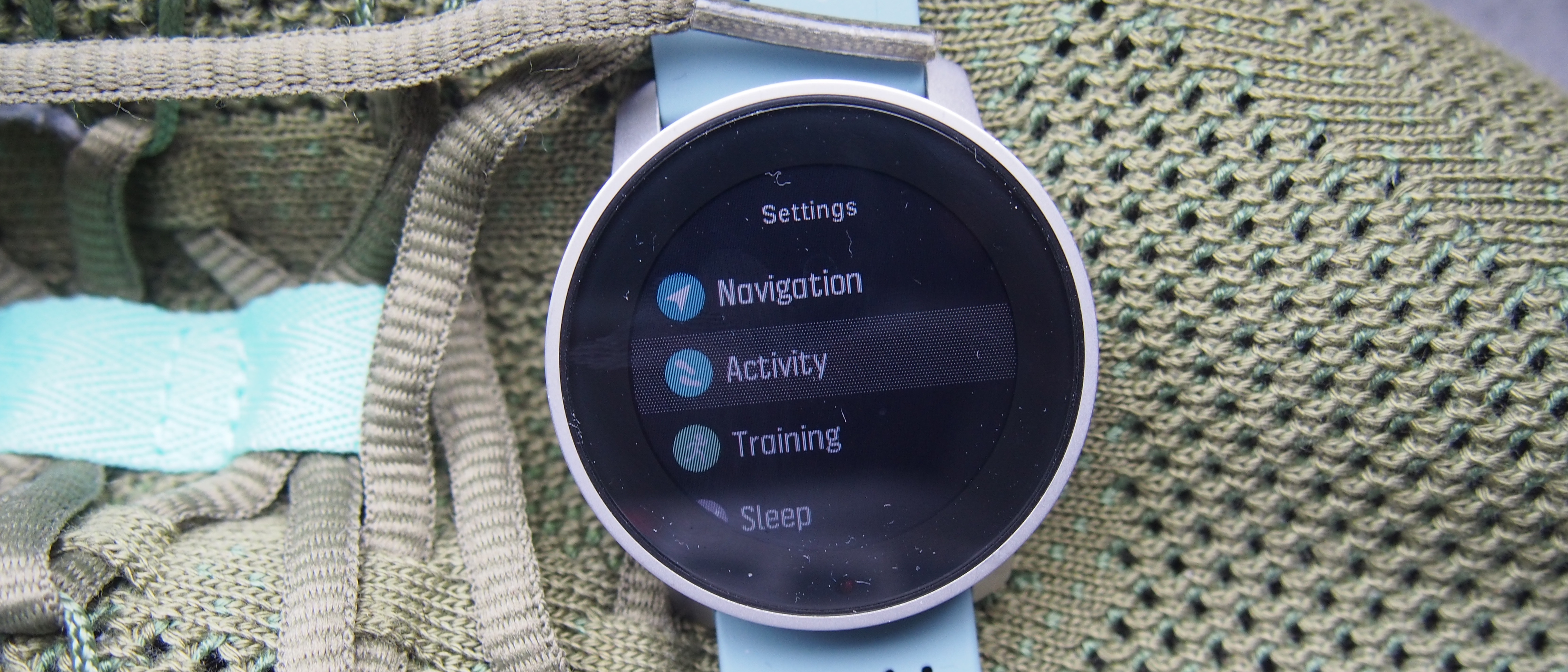TechRadar Verdict
There’s no doubt that the Suunto 9 Peak looks like a beautiful sports watch built for the outdoors, and is Suunto’s best looking watch to date. The problem is that for the price, the features and sluggish software mean it doesn’t really match up to the similarly priced competition. If you want a good mix of design and software, there are better outdoor watches out there to go for.
Pros
- +
Lovely bezel and strap combo
- +
Lots of sports modes
- +
Some nice watch faces
Cons
- -
Software is very sluggish
- -
Black bezel surrounding the screen
- -
Better features for the money elsewhere
Why you can trust TechRadar
Two-minute review
The Suunto 9 Peak sees the Finnish sports watch maker essentially take its top-end Suunto 9 and give it a slimmer, more stylish look.
It offers all the same features as previous Suunto 9 models to make it a strong fit for the outdoors with over 80 tracking modes, key environmental sensors including an altimeter and compass, plus the ability to upload routes using Suunto’s heatmaps to find your way to the most popular places to run, hike and ride.
There’s support for the key satellite systems for accurate outdoor tracking, and the 'snap to route' feature seeks to improve tracking when trying to secure a strong tracking signal in patchy locations. The watch also features an optical heart rate monitor and blood oxygen sensor, and there are smartwatch features in the form of music controls and the ability to view phone notifications from the wrist.
The experience of using the Suunto 9 Peak can be frustrating at times, largely because of the sluggish software and touchscreen. The Suunto companion app is also a bit too busy for our liking.
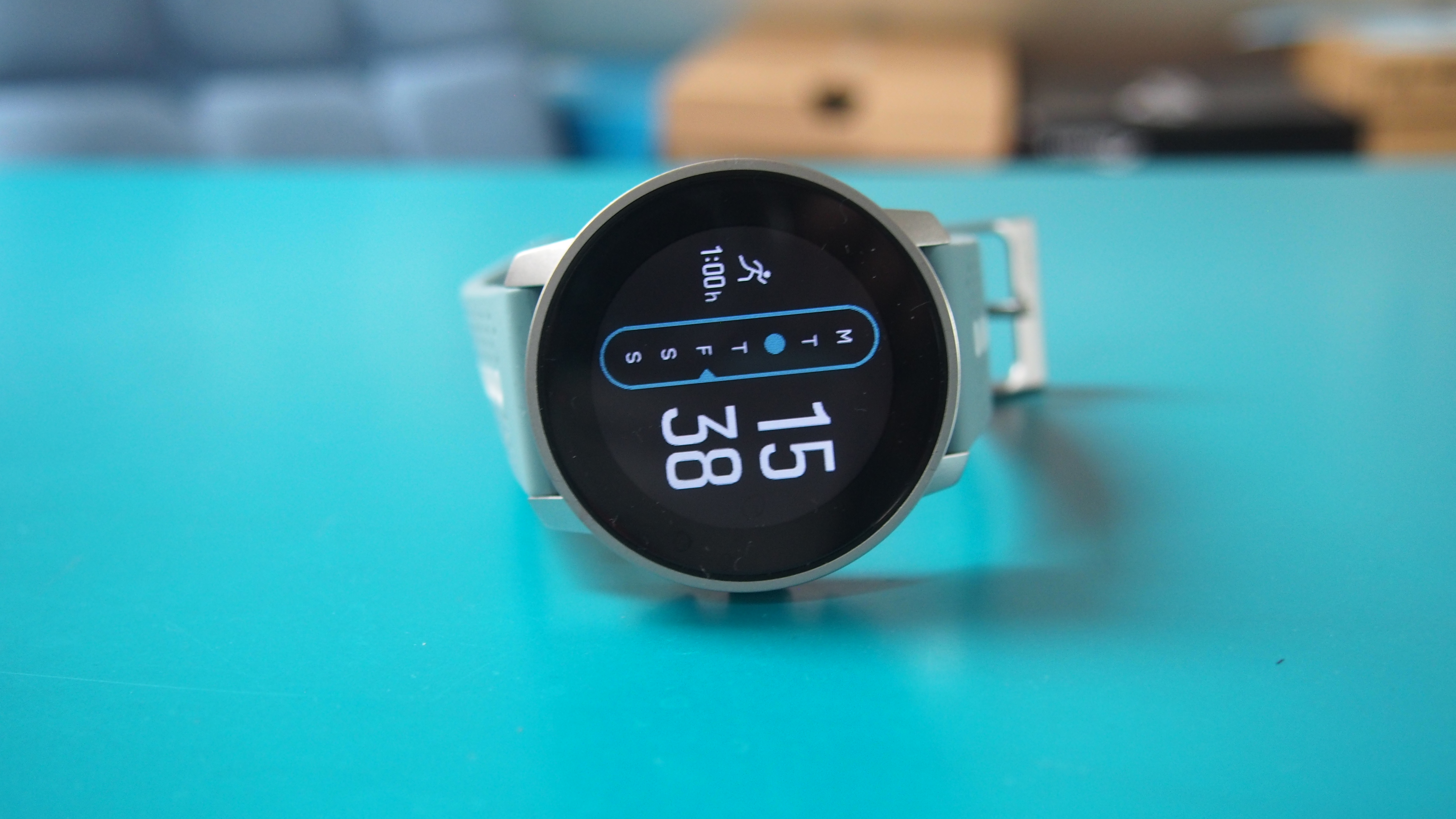
GPS accuracy is good, but by no means perfect, and the navigation support is basic and misses out on full mapping features you can find on other watches. Battery life is respectable for a week of heavy use, with the capacity to go longer if you’re willing to sacrifice tracking accuracy.
The problem with the Suunto 9 Peak is ultimately that for all of its good looks, running watches from Garmin and Coros can offer more for similar money and give you an all-round better experience.
Price and release date
The Suunto 9 Peak was launched on 17 June 2021 priced at £609 / $699 / AU$999. The Suunto 9 Baro, which offers most of the same features in a larger case, is available for £419 / $499 / AU$699.99.
Design and display
- Lovely titanium case and strap combo
- Very laggy, slow touchscreen
The Suunto 9 Peak is hands-down the best looking watch Suunto has made so far, but it’s not perfect..
We’ll start with the good points. The Suunto 9 Peak has a nicely-sized 43mm case, giving it more unisex appeal than most other outdoor watches. That case is dominated by a lovely slim titanium bezel that matched up well with the light blue 22mm strap option on our review sample.
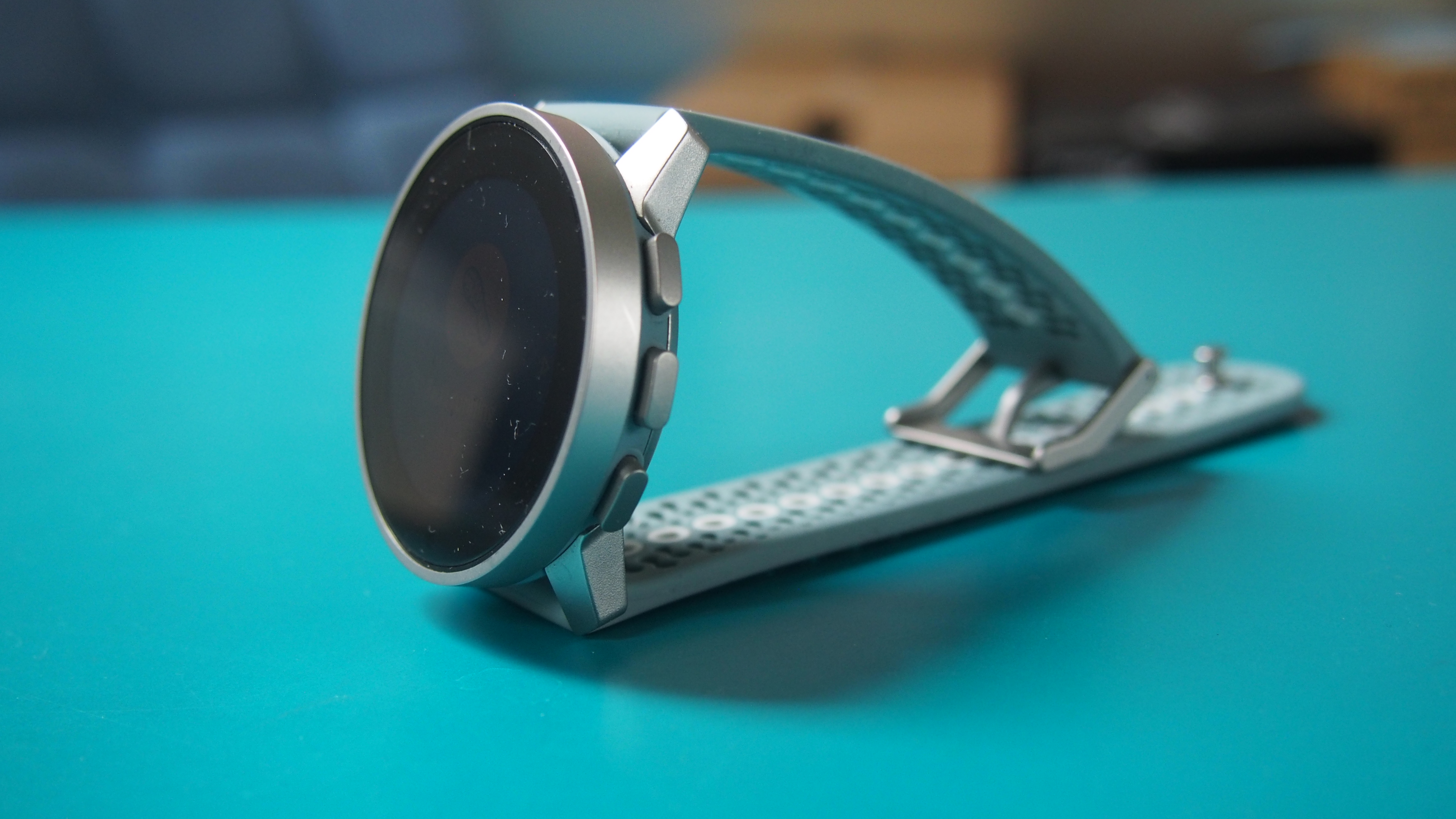
It’s reasonably slim at 10.6mm, and the 52g overall weight doesn’t feel like a great burden to wear day-to-day and during exercise. To give you a sense of how slender that is, the 47mm Garmin Fenix 7 is 14.5mm thickm and is around 20g heavier.
If you need to take it for a drip, the Suunto 9 Peak has a water resistance rating that means it’s safe to submerge up to 100 meters. There are three physical buttons on the right side of the case, and a 1.2-inch, 240 x 240 pixel transflective display covered by sapphire crystal.
This display offers touch support, though it’s not very impressive. Moving from one screen to another is horribly slow, and taps can be sluggish to register. There’s also the problem of a chunky black bezel around the screen, which eats into the available space.
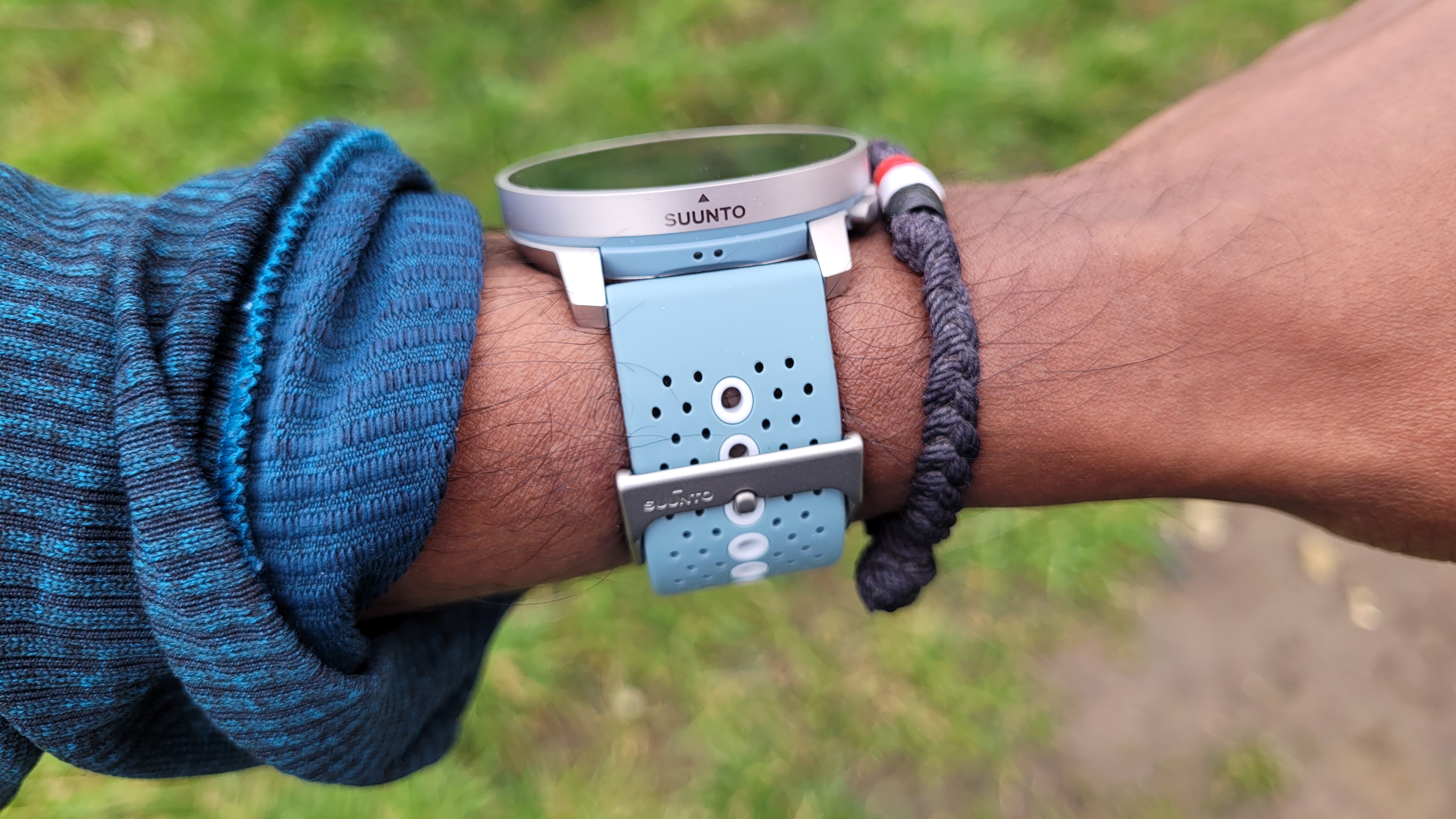
In terms of visibility, the screen holds up well in bright outdoor light, but can easily smudge, and that big bezel means you’re missing out on more room for your data fields to breathe. There’s an LED backlight to improve visibility at night, though it’s not extremely bright.
There’s so much to like about the Suunto 9 Peak’s design and overall look, but it’s let down by a touchscreen that’s just not very good, and means you’ll need to rely on the stiff physical buttons to get around.
Sports tracking
- 80 sports modes
- Heatmaps to find popular routes
- Breadcrumb navigation
The Suunto 9 Peak offers over 80 sports modes including indoor and outdoor activities, with core sports like running, cycling and swimming all covered. Activity profiles tagged as 'basic' will track only duration and heart rate, not the richer metrics on offer for other activities.
In terms of sensors, you’ve got a digital compass plus barometric altimeter to track altitude, as well as ascents and descents on more hilly terrain. There’s support for the five main satellite navigation systems, with the option of four GPS recording modes depending on how much battery life you have to play with.
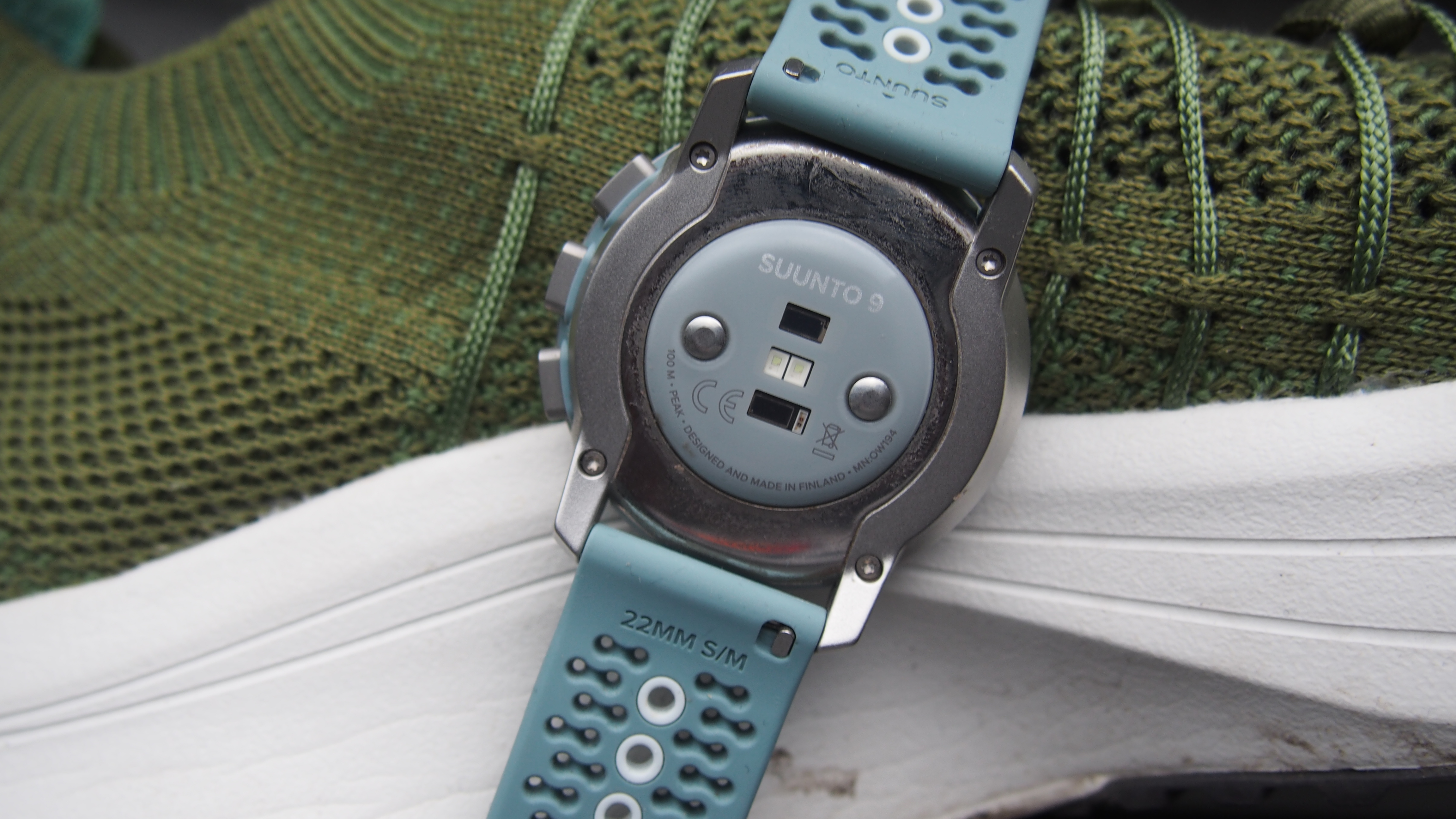
There are also rich weather-centric features like storm alarms, temperature readings, sea level pressure data, and sunrise and sunset times.
There’s an optical heart rate monitor to measure effort levels during exercise and offer continuous heart rate monitoring. If you don’t trust the heart rate accuracy, it works with external heart rate sensors as well. There’s also the on-trend SpO2 sensor to help keep track of blood oxygen levels.
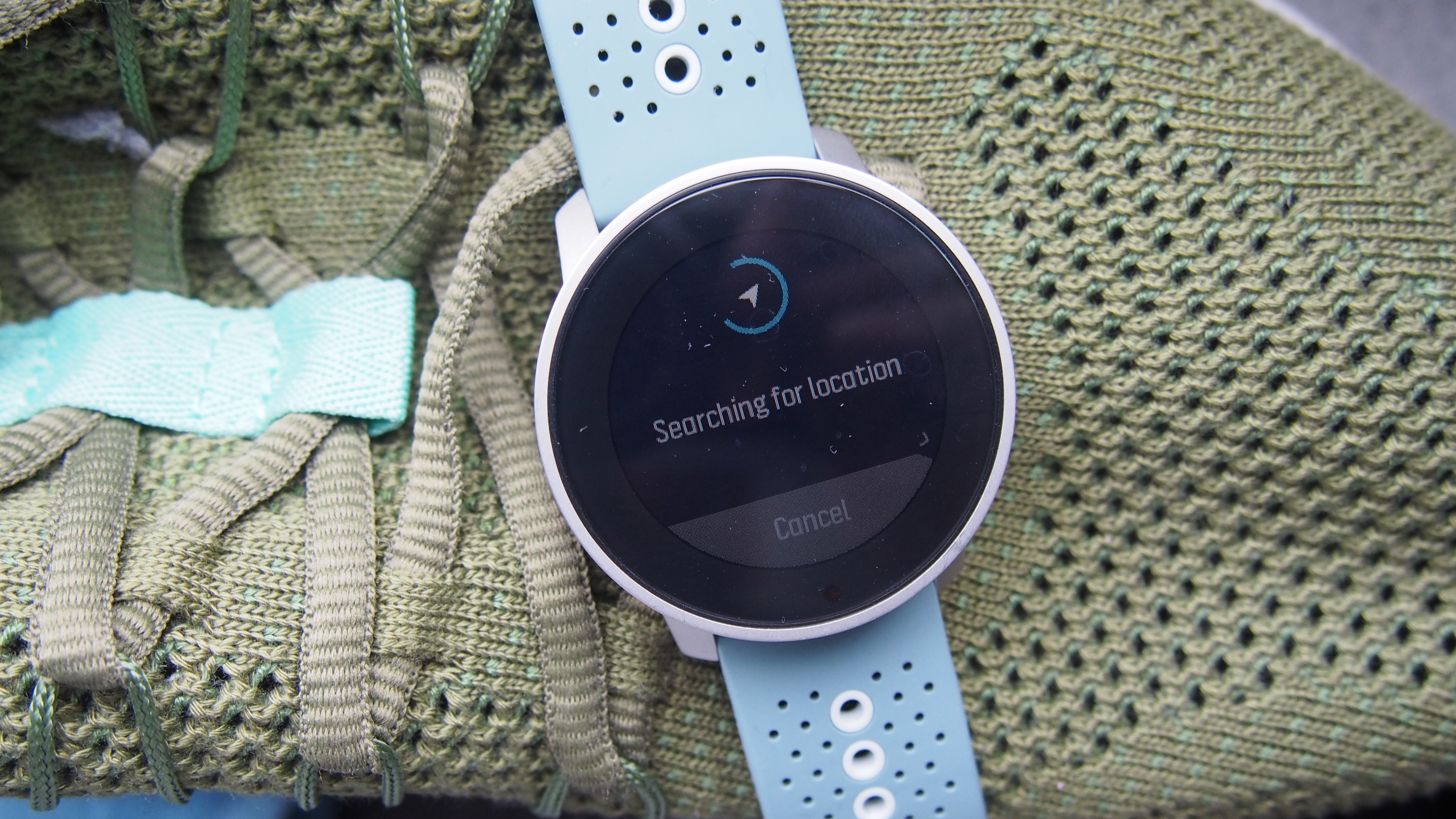
The tracking experience with the Suunto 9 Peak is unfortunately badly hampered by that slow, sluggish display, and it takes an age to choose modes and tinker with settings.
That said, the Suunto 9 Peak was reasonably quick to pick up a GPS signal after our first few runs out with it. We tested it against the Garmin Epix (Gen 2), and in general the two watches posted similar distance and pace metrics (though the maximum pace recorded by the Peak 9 felt optimistically quick in comparison to the Garmin).
A closer look at the tracked routes often showed some inaccuracies, like suggesting we’d run through canals rather than beside them. Suunto offers its 'snap to routes' feature to help resolve those GPS niggles in more tricky tracking areas, though this is based on you loading that route first. That makes it a more useful feature for races, where you'll be sticking closely to those loaded routes.
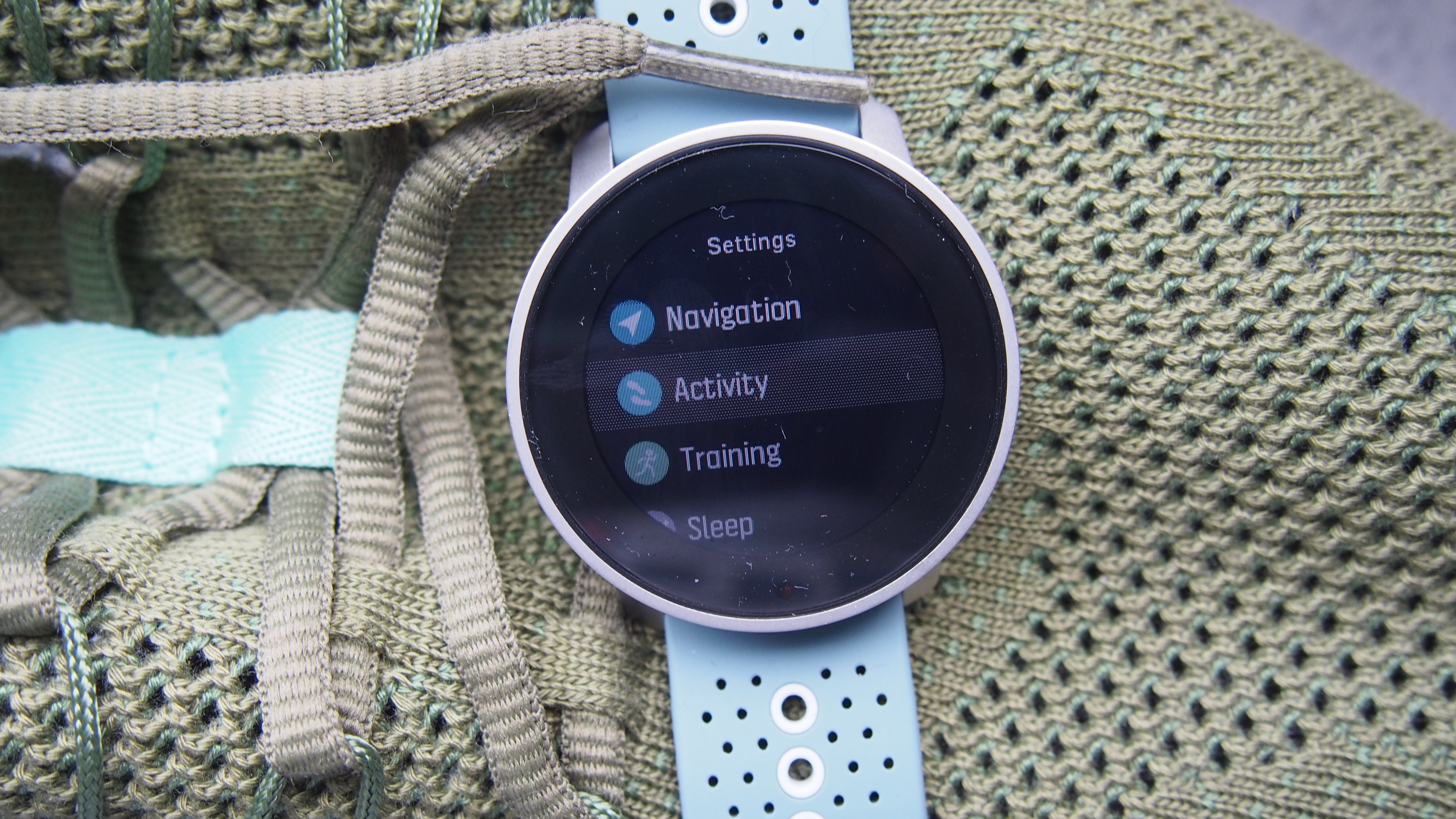
The heart rate monitoring performance wasn’t too bad in general for us either. On most steady paced runs, it was 2-3bpm out from a heart rate monitor chest strap. On runs lasting two hours or more, there seemed to be a larger difference between average heart rate readings with the Suunto over 20bpm off a chest strap monitor. There appeared to be a bigger disparity in the numbers during activities, so there seems to be a bit of smoothing of the data post-workout.
It wasn’t a good story for on-the-spot readings either, which tended to be around 20bpm more than a chest strap and Garmin and Polar’s reliable optical sensors with regards to those daily readings. Taking blood oxygen readings also takes a long time, and although they seem largely accurate, they don't seem to be usefully stored anywhere on the watch or the app.
We took the Suunto 9 Peak for some pool swim time too, and found it performed well for core stats like distance tracking, average pace and providing similar SWOLF scores to the very accurate Form smart swimming goggles.
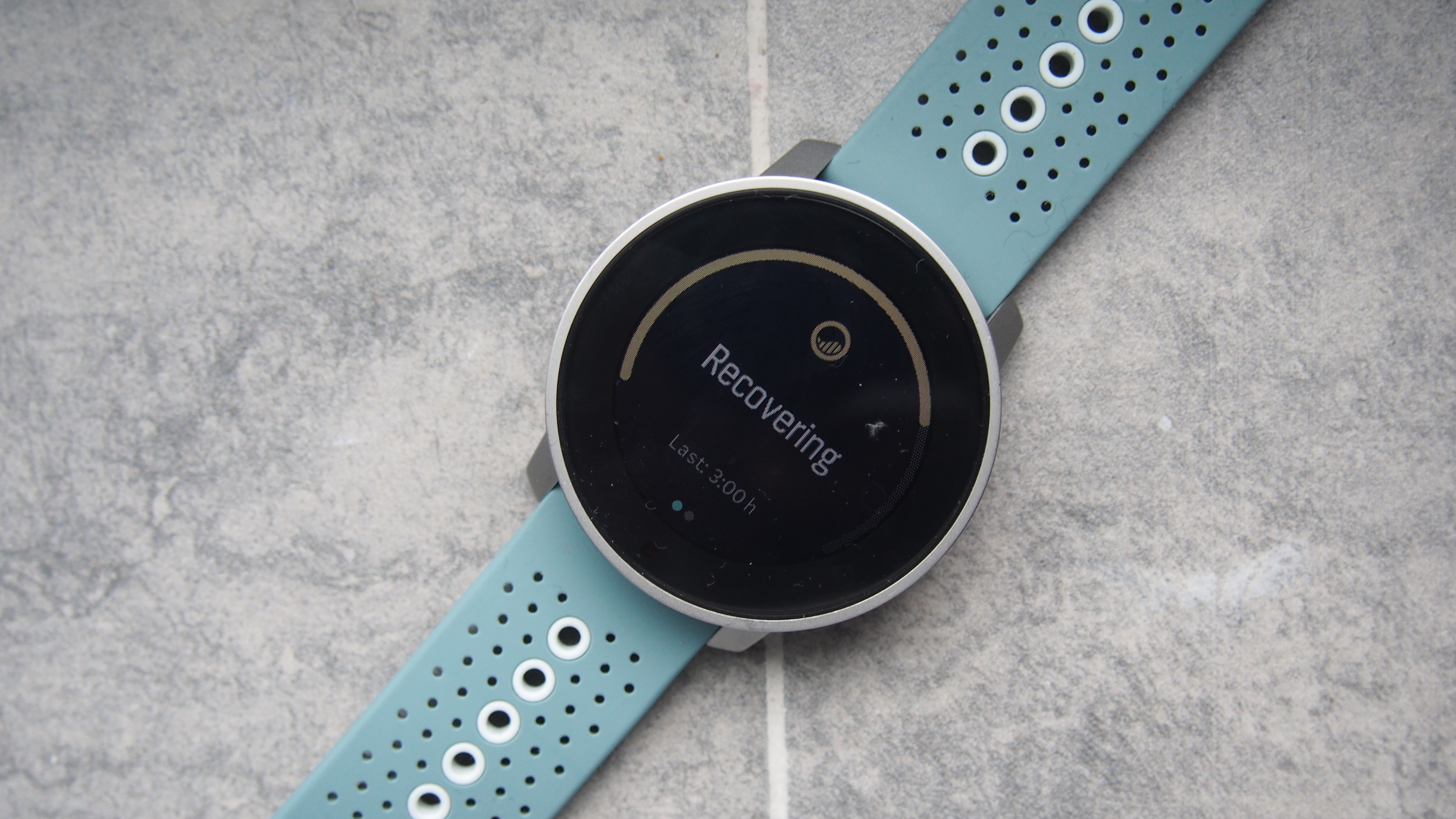
There are training-centric features here too, some of which are powered by the popular TrainingPeaks platform. There’s the ability to create interval training and it does work with third party apps including TrainingPeaks and of course Strava. It keeps you informed about training load and recovery and measures VO2 Max, which you can see elements of post-workout in the logbook on the watch. Head into the Suunto app and you can see graphs dedicated to comparing fitness level and fatigue.
Suggested recovery times after runs and swims didn’t feel over the top, and largely matched up with Garmin’s suggestions. Using an external heart rate monitor with it will give you the most useful and insightful advice if you want to make best use of these features.
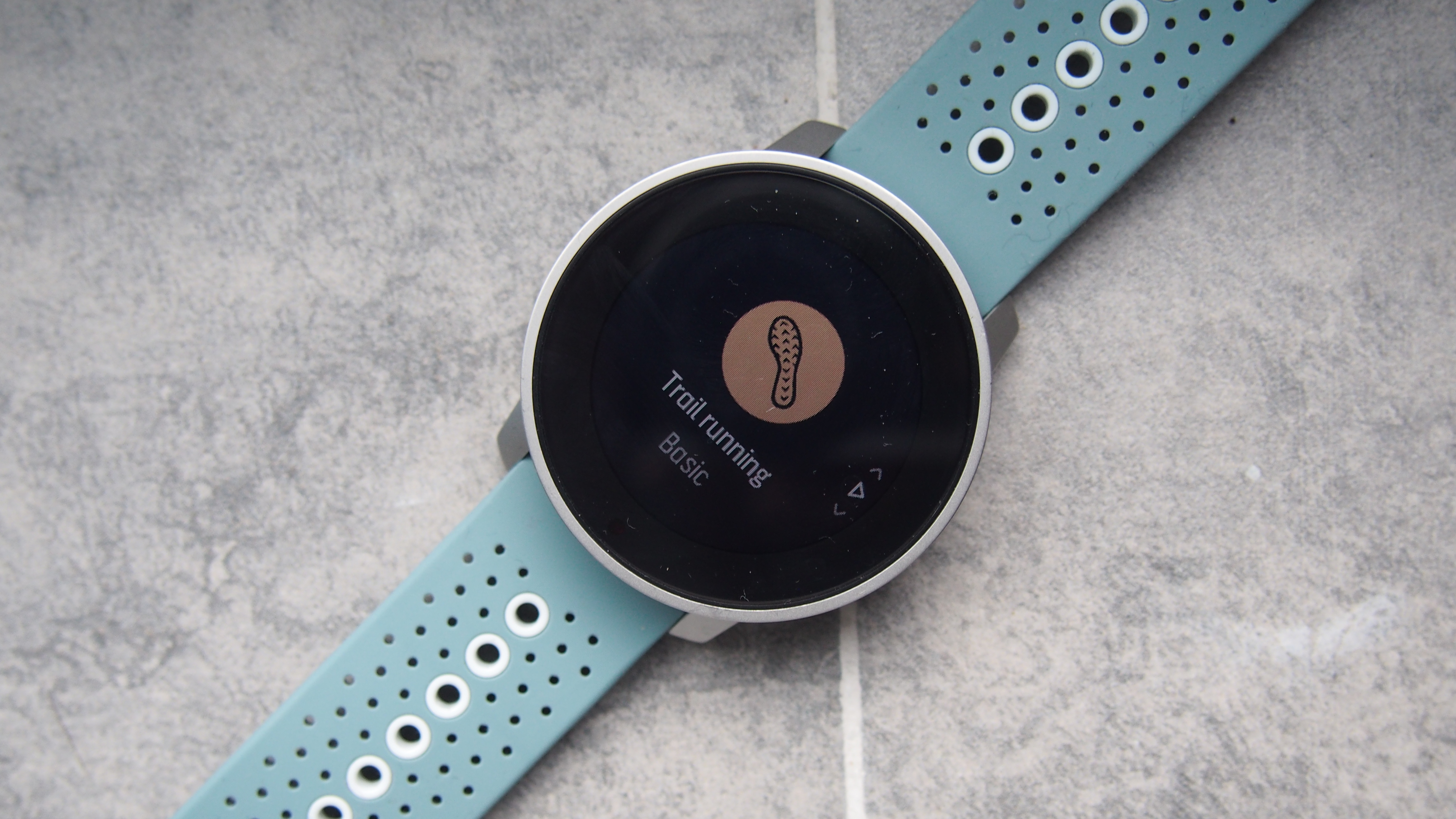
Every good outdoor watch needs to be able to help you find your way and offer rich outdoor data. The Suunto 9 Peak does offer features in that department, but they pale in comparison to what you can get from other watches around the same price.
You can create routes and import routes in the Suunto companion app including following its useful heatmaps to find popular routes depending on your activity. Then you can sync them over to the watch. From there though, things get more simplistic. You’ll have a pretty basic breadcrumb navigation to get around. It’s generally fine to use, though the lack of any sort of rich mapping detail gives you very little sense of the surrounding terrain or what might be coming up on your route. The likes of Garmin and Coros offer richer mapping experiences in comparison.
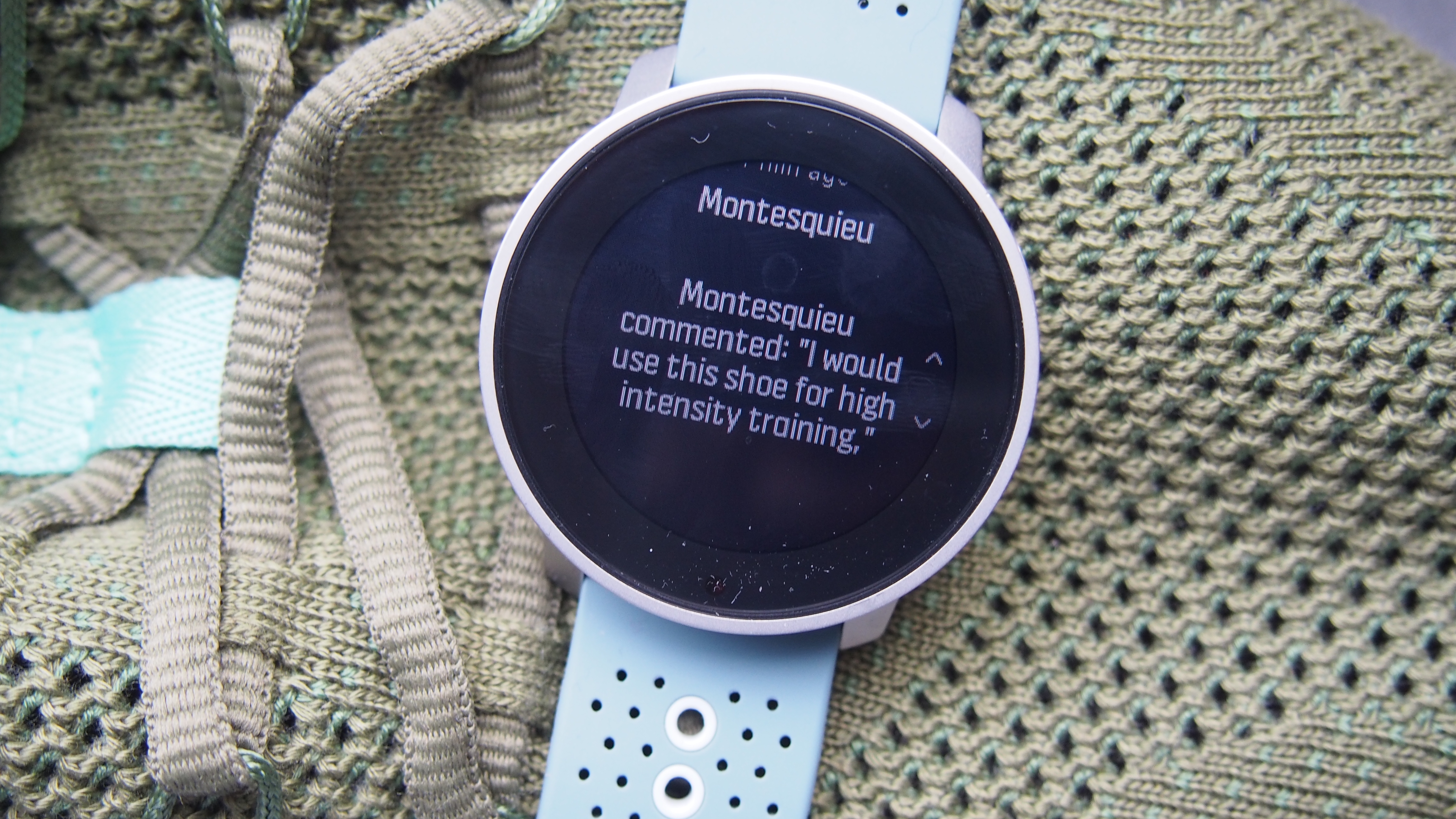
Outside of tracking, the Suunto 9 Peak can act as a daily fitness tracker, counting steps and monitoring stress via heart rate variability measurements, which you can view in greater detail in the companion app. It’s the same story with sleep tracking, which captures sleep duration, sleep quality and heart rate data. Just make sure it’s a feature enabled as you’ll need to set it up on the watch first, which isn’t made very clear out of the box.
There are some smartwatch features here too, though again, they’re hampered by the laggy touchscreen. You can control music playback and receive app notifications, and there's an option to reject calls with preset responses if the watch is paired with an Android phone. The sluggish nature of interacting with the screen makes these features quite painful to use, though.
Battery life
- Seven days in regular use
- Up to 14 days in smartwatch mode
In terms of battery life, the Suunto 9 Peak offers the same battery numbers as the standard Suunto 9. So you’re looking at seven days when you’re tracking and receiving phone notifications. That jumps to 14 days if you’re just using it to tell the time.
When it comes to tracking, you’ve got a range of GPS battery numbers with the best accuracy giving you 25 hours. If you’re willing to sacrifice that supreme accuracy, you can get up to 170 hours.
Suunto has also included its intelligent charge reminders, which pay attention to your activity history and suggest moving to less power-hungry mode if your battery is running low before an activity.
Compared to what similarly priced watches offer, the Garmin Fenix 7 offers up to 57 hours (minus solar) of GPS battery life. The Coros Vertix 2 can muster up 140 hours in full GPS mode. Even the older Fenix 6 Pro musters up to 36 hours. So it’s a bit behind the competition on this front.
In testing, it’s absolutely capable of going for a week with the GPS tracking in regular use. Over an hour’s worth of tracking in the supreme GPS accuracy mode saw the battery drop by 5%, which isn’t too bad a showing, but you’ll see smaller dents in battery from some of the other watches mentioned.
First reviewed February 2022
Buy it if
You want the best looking Suunto
If you’re already fully on board with Suunto’s ecosystem and you’ve been looking for a Suunto with an attractive design, the 9 Peak ticks that box.
You want to find popular places to explore
Suunto’s heatmaps are one of the nicer, more unique features that make the Peak a useful watch to have on your wrist.
Don't buy it if
You want the best outdoor watch
While there’s elements of things that work well on the Suunto 9 Peak, as a package, it doesn’t quite deliver.
You want a watch with super slick software
Suunto’s on-watch software is slow and sluggish, which makes day-to-day interactions with the Peak a frustrating experience on the whole.
Michael is a freelance journalist who has covered consumer technology for over a decade and specializes in wearable and fitness tech. Previously editor of Wareable, he also co-ran the features and reviews sections of T3, and has a long list of bylines in the world of consumer tech sites.
With a focus on fitness trackers, headphones, running wearables, phones, and tablet, he has written for numerous publications including Wired UK, GQ, Men's Fitness, BBC Science Focus, Metro and Stuff, and has appeared on the BBC Travel Show. Michael is a keen swimmer, a runner with a number of marathons under his belt, and is also the co-founder of YouTube channel The Run Testers.
